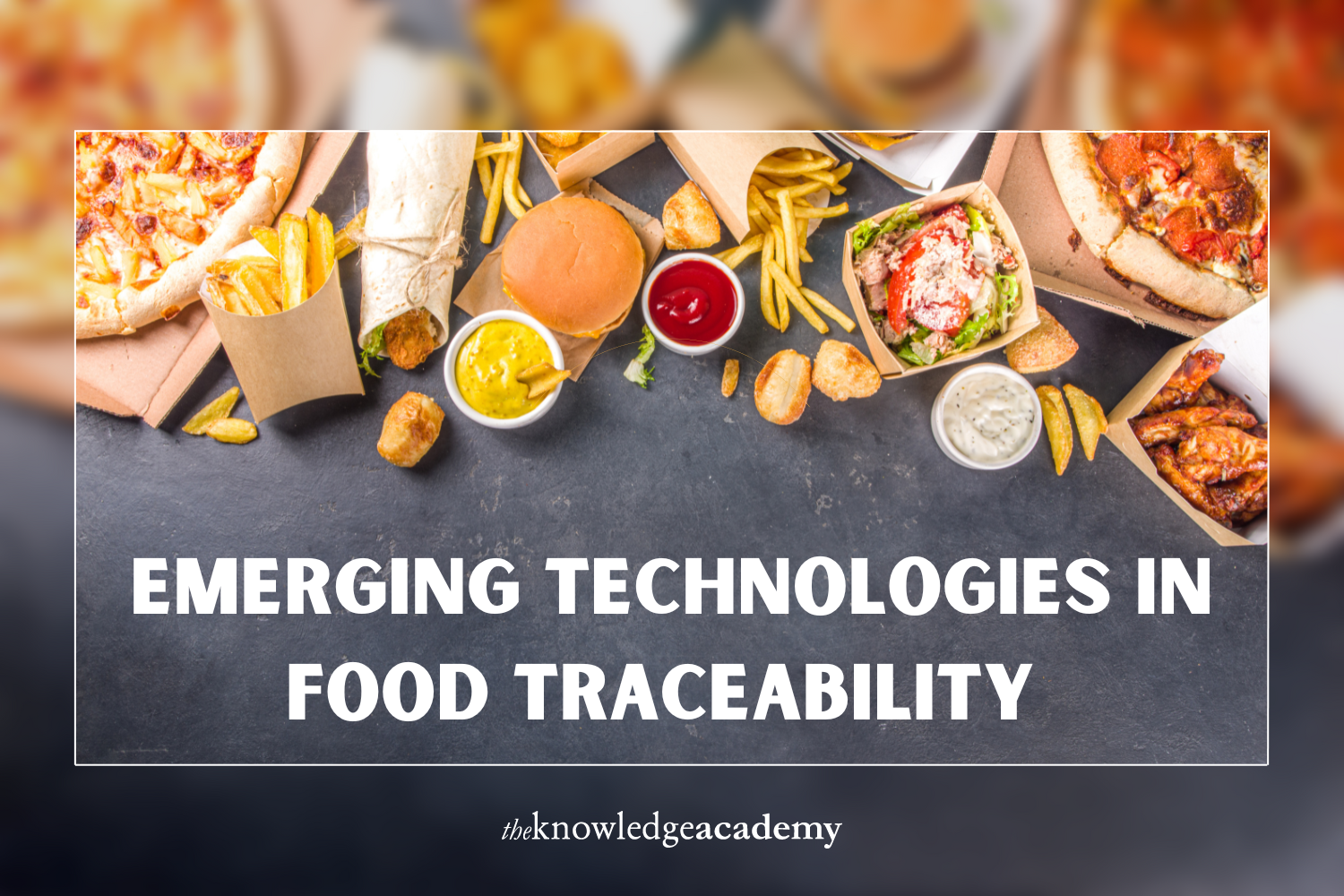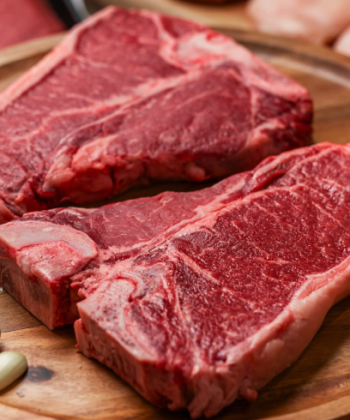
Have you ever wondered about the journey your food takes before it lands on your plate? As our food travels globally, ensuring its safety becomes a complex challenge involving science and logistics. The process begins with comprehensive Food Hygiene Courses essential for maintaining safety standards. Additionally, a thorough Food Safety Risk Assessment is crucial as worldwide food supply chains grow more intricate. This assessment is critical in improving and integrating advanced technologies.
Today, we’re witnessing an impressive array of technologies reshaping food traceability. These emerging technologies are setting new standards for tracking our food from farm to fork, making our food supply safer than ever. Let’s discuss the technologies used to ensure food traceability here.
Table Of Contents
- Blockchain Technology
- The Internet of Things
- Artificial Intelligence and Machine Learning
- DNA Sequencing
- Spectral Imaging Technology
- Conclusion
Blockchain Technology
Many of us picture cryptocurrencies when we hear “blockchain.” Still, the possibilities of this technology go much beyond virtual money. Blockchain provides a firm answer for traceability in food safety since it produces an open, unchangeable record of every transaction made along the supply chain. This implies that every action a food product does—from the farm to the store shelf—is almost hard to change.
This degree of openness builds consumer confidence and helps quickly identify the cause of food safety concerns. Businesses such as IBM are already using blockchain technology to monitor food products worldwide, enabling rapid removal of any problematic products from the supply chain and lowering the danger of widespread contamination.
The Internet of Things
The Internet of Things (IoT) is transforming food traceability by making real-time food shipment monitoring possible. IoT sensors can monitor location, temperature, and humidity throughout the travel process. For example, sensors can notify vendors should a refrigerated truck deviate from the specified temperature range so that quick action can stop spoilage.
Along with reducing waste, this technology guarantees that food reaching consumers is safe and fresh. Constant monitoring of food conditions enables businesses to follow rigorous safety guidelines and legal requirements, therefore lowering the risk of health concerns related to incorrectly handled or preserved food.
Artificial Intelligence and Machine Learning
Artificial intelligence and machine learning are leading-edge technologies transforming food safety. Vast volumes of data gathered along the supply chain are being analysed using these technologies to forecast and prevent possible problems before they start. AI enables early preventative actions by predicting when a tool will break or when a batch of materials might be contaminated.
Furthermore, artificial intelligence is improving the capacities of other technologies. AI, for instance, can be combined with IoT devices to analyse and guide better food safety and handling policies more precisely.
DNA Sequencing
Developments in DNA sequencing technologies offer new approaches to guaranteeing food product safety. Analysing food’s DNA allows businesses to confirm its species and provenance, which is especially helpful in combating food fraud, such as misbranding seafood or replacing one type of grain with another.
This method is essential to guarantee that consumers get what they pay for and helps preserve the integrity of increasingly organic and non-GMO designations. Additionally, this technology can enhance regulatory compliance efforts, ensuring that food safety standards are met with precision and accountability.
Spectral Imaging Technology
While IoT and blockchain technologies are transforming our ability to track food across its supply chain, spectral imaging technology is becoming a very effective tool for spotting food product quality and safety. Capturing images at various wavelengths across the electromagnetic spectrum, spectral imaging—also referred to as hyperspectral imaging—offers comprehensive information about food item composition, chemical qualities, and quality.
Without direct interaction with the food, this technology can find toxins, track moisture levels, evaluate ripeness, and even spot if the food has been contaminated. For example, spectrum imaging can be used in the fruit business to assess fruit maturity without damaging it, guaranteeing that only the best quality products reach consumers. It also significantly helps identify foreign objects or drugs that can endanger safety.
Conclusion
Food traceability has bright future prospects as long as we innovate. The demand for greater food sector safety and openness is driving an increasing adoption of these technologies. Ultimately, developing technology in food traceability is changing our monitoring, control, and maintenance of the safety of our food supply. These technologies promise to improve our capacity to safeguard public health and guarantee the integrity of our food as they keep developing. To equip you with these skills, consider The Knowledge Academy the best option, as it offers various courses on advanced technologies.


